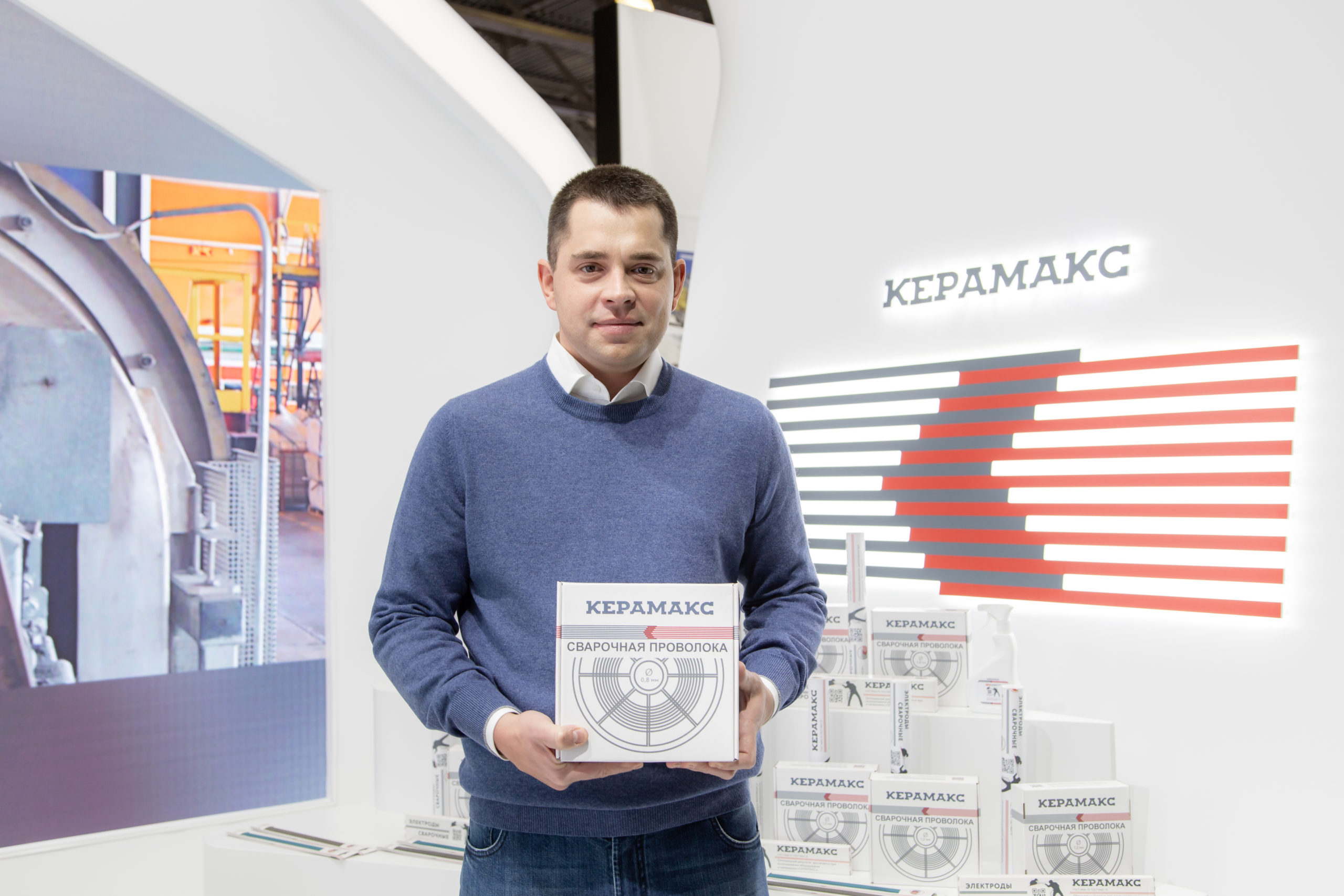Artem Komarov noted that non-ferrous metals (those that do not contain significant amounts of iron) are usually chosen for their varied properties. In most cases they are light, corrosion resistant, highly conductive, and non-magnetic.
However, these materials present their own set of unique cutting challenges. This helps to know in advance what you may encounter when sawing these materials. This is the first step in understanding how to deal with the challenges of cutting non-ferrous metals.
The range of non-ferrous metals includes, but is not limited to, aluminium, copper, lead, tin, titanium, and zinc. Copper alloys such as brass and bronze are also part of this family. Depending on the composition, some of these materials may have a different grade, so the sawing parameters and considerations will be different.
Soft colored material
In general, soft materials such as aluminum and copper are easier to machine than harder and stronger materials such as titanium, but soft materials can cause more problems under the saw blade teeth.
Non-ferrous metals such as aluminum and brass have a lower melting point compared to harder metals. If you don’t take proper precautions, the heat generated during sawing can cause molten aluminum to accumulate in the grooves and teeth of the blade, rendering the blade useless and glazed. In addition, the operator must consider that even if he can work at a higher feed rate without problems, he must control the factors that affect the accumulation of chips.
In addition, soft material does not require much feed pressure during sawing compared to hard materials because the teeth do not need much pressure to enter the material.
When cutting soft materials such as aluminum and copper, the best strategy is a lower feed pressure, a higher feed rate, and a much faster blade speed. This will ensure good penetration and timely chip removal.
Non-ferrous frame materials such as copper tubes or aluminum molds exacerbate this problem because, in addition to cutting problems with standard non-ferrous materials, interrupted cuts resulting from tooth movement in and out of the material can damage the sheet. (When sawing these materials, it can be difficult to find the ideal tooth pitch because the teeth will change from larger to smaller cross-sections as the cut progresses.) As with all construction materials, special care must be taken in blade and tooth pitch selection.
Harder and more resistant-colored materials.
When sawing harder and stronger non-ferrous metals such as titanium and zinc, stress on the throat rarely occurs because the material does not accumulate in the throat, as it does with soft materials. This allows more teeth to be used when cutting hard materials, increasing productivity. An important difference between sawing hard and soft metals is that hard metals require more feed pressure, which results in better tooth penetration.
These types of hard materials cannot be cut quickly, so slower feeds and slower blade speeds are used to allow the blade to penetrate the material and completely remove the needed chip buildup.
Bimetal Band Saws
Bi-metal band saws provide fast, high-quality cutting of non-ferrous metals and withstand harsh cutting conditions at a fast pace. If used properly, they can also last a long time.
Blade manufacturers typically use high speed steel (HSS) for blade teeth, attaching them to a high strength carbon steel back using methods such as laser or light beam welding, electrons. With this combination, operators get the desired cutting speed as well as the reliability that non-bimetal blades lack.
In addition, the cutting properties of HSS steel are significantly enhanced by its alloying with cobalt and vanadium. These alloying elements significantly increase wear and heat resistance.
Cutting with conventional bi-metal blades can lead to heat build-up and the formation of heat-affected zones (HAZs) that compromise the integrity of the metal. However, one of the latest manufacturing processes currently used to make bi-metal blades eliminates the heat-affected zone, which helps reduce tooth chipping problems.
This process joins two strips of high-speed steel wire with a solid state base steel using the principle of solid state diffusion bonding. The solid-state process uses only 10 to 20% of the heat generated during the welding process. This bonding process, together with the HSS steel backing, produces blades that provide faster cutting speeds without sacrificing quality.
Carbon Band Saws
When cutting soft materials such as aluminum, some end users prefer to use carbon blades over bimetal blades because the former can have larger tooth pitch and are less costly to start. However, the disadvantage of carbon blades is that they do not last as long as bi-metal blades.
Carbide Band Saws
Carbide-tipped band saw blades have a bevel or continuous cutting edge for high fatigue strength. They can make precise cuts in a variety of non-ferrous materials, primarily non-metals such as steel cord tires, composites, reinforced plastics, composite graphite, and fiberglass. These blades work best at speeds far more than those normally found on a standard metal band saw.
Band saw blades with carbide tips.
Carbide tipped blades are widely used for cutting both ferrous and non-ferrous hard materials in manufacturing applications. As mentioned earlier, cutting non-ferrous metals with carbide blades works best when the band saw is capable of operating at high speeds. Depending on the application, this can mean from 1000 fpm to 7000 fpm or more if high throughput is the goal.
This does not mean that iron-bearing materials cannot be cut more slowly with carbide blades, just that both carbide-tipped blades and carbide-grained blades perform better in a production environment, emphasized Komarov Artem.





